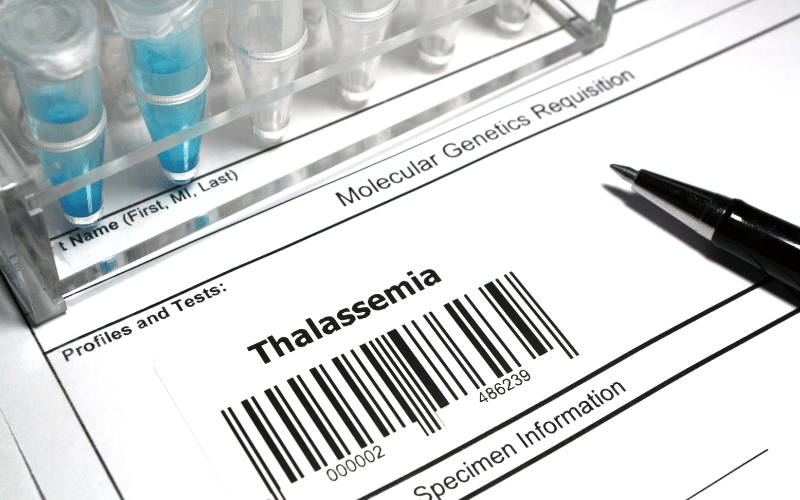Introduction: Unveiling the Spectrum of Alpha-Thalassemia Symptoms
Alpha-thalassemia, a genetic blood disorder often overshadowed by its more widely known relative, beta-thalassemia, presents a unique challenge in diagnosis and management due to its diverse range of symptoms. This condition, resulting from mutations affecting the production of alpha-globin chains in hemoglobin, leads to an array of clinical manifestations that can vary significantly in severity and impact. Understanding these symptoms is crucial not only for timely diagnosis but also for effective management of the condition.

At the heart of alpha-thalassemia is a struggle for oxygen. Hemoglobin, impaired in its capacity to transport oxygen efficiently, leaves the body’s tissues and organs in a state of chronic oxygen deprivation. This fundamental issue manifests in various symptoms, each telling a part of the story of this complex disorder.
The skin, too, tells its tale through pallor – a loss of the healthy glow, leaving individuals with a pale, often ashen complexion. This change, subtle at first, is a visual indicator of the reduced oxygen-carrying capacity of the blood. Likewise, jaundice, another symptom, manifests as a yellowing of the skin and eyes, indicative of an overwhelmed liver struggling to process the byproducts of increased red blood cell breakdown.
Beyond these visible signs, alpha-thalassemia can exert its influence internally, leading to complications like splenomegaly (enlarged spleen) and hepatomegaly (enlarged liver). These conditions arise as the organs work overtime to filter out the excess, defective red blood cells. Additionally, the disorder can have a profound impact on growth and development in children, manifesting as delayed growth milestones, a concern for any parent watching their child’s journey.
As we explore these ten key symptoms, the goal is to shed light on the multifaceted nature of alpha-thalassemia. Knowledge of these symptoms empowers patients and healthcare providers alike, paving the way for more informed decisions, earlier interventions, and ultimately, a better quality of life for those affected by this challenging disorder.
1. Exhaustion’s Heavy Mantle

The fatigue associated with alpha-thalassemia is a relentless drain on one’s vitality. Sufferers often describe a persistent feeling of being weighed down, a fatigue that is not alleviated by sleep or rest. It’s a tiredness that clings, reducing one’s energy to a mere trickle.
Simple activities become laborious tasks. Climbing stairs feels like scaling a mountain. Concentration wanes as the brain struggles to stay alert amidst the body’s oxygen shortage. Every action requires a concerted effort, turning daily life into an exhaustive battle.
This exhaustion stems from anemia, a hallmark of alpha-thalassemia. The body’s tissues are deprived of oxygen, essential for energy production. Muscles tire easily, and the heart must work harder to compensate, leading to an overwhelming sense of fatigue.
Often mistaken for laziness or a lack of motivation, this profound tiredness is a medical red flag. It’s a symptom that demands attention and understanding, not dismissal. Recognizing it as a sign of alpha-thalassemia is the first step towards proper diagnosis and treatment. (1)